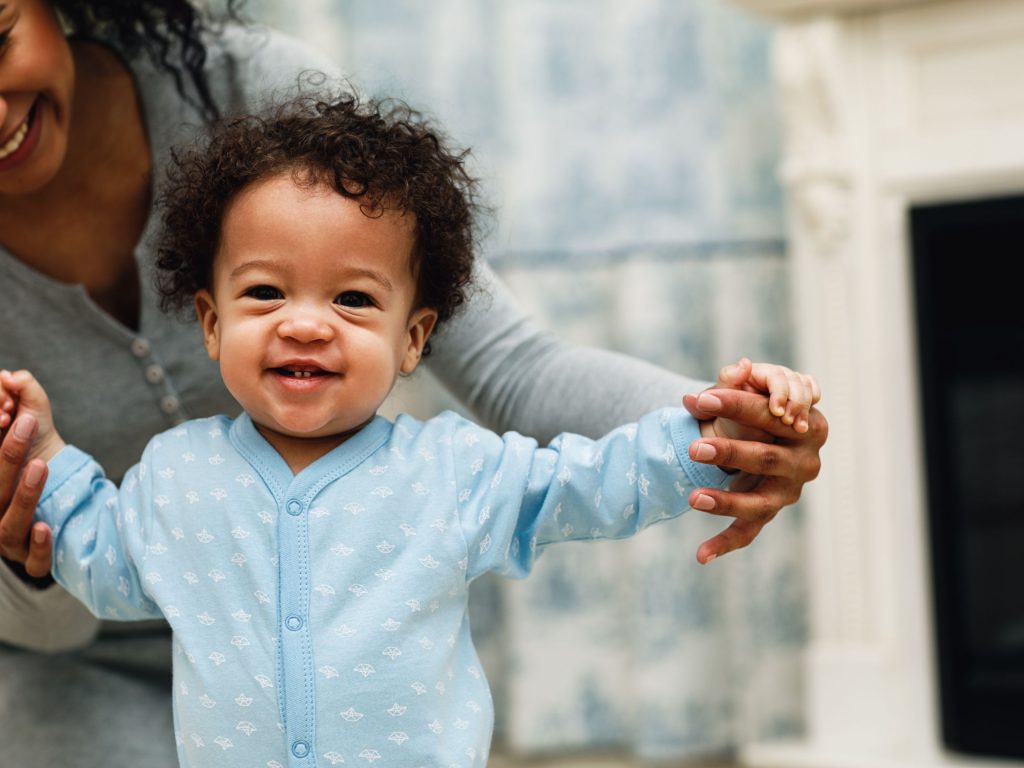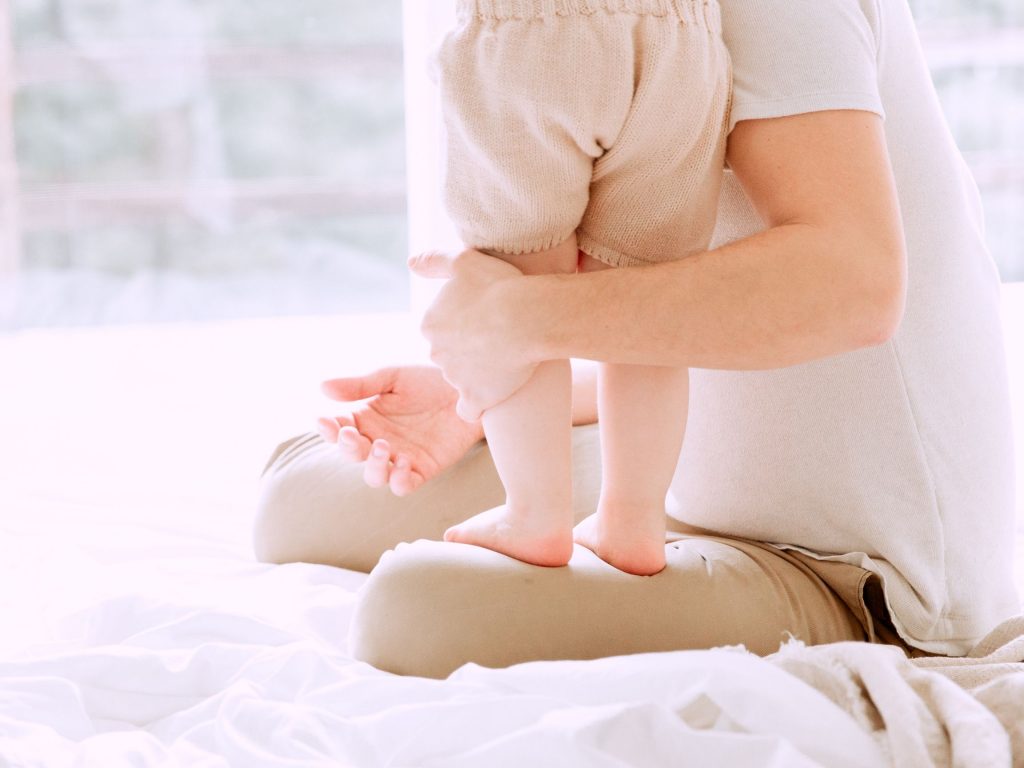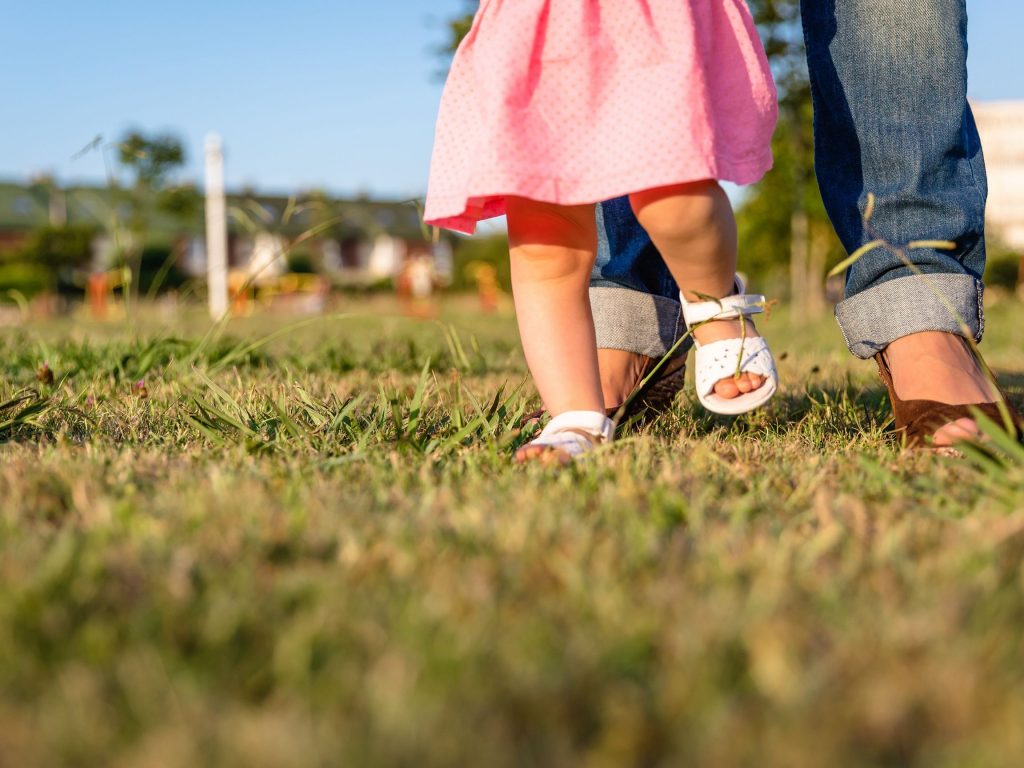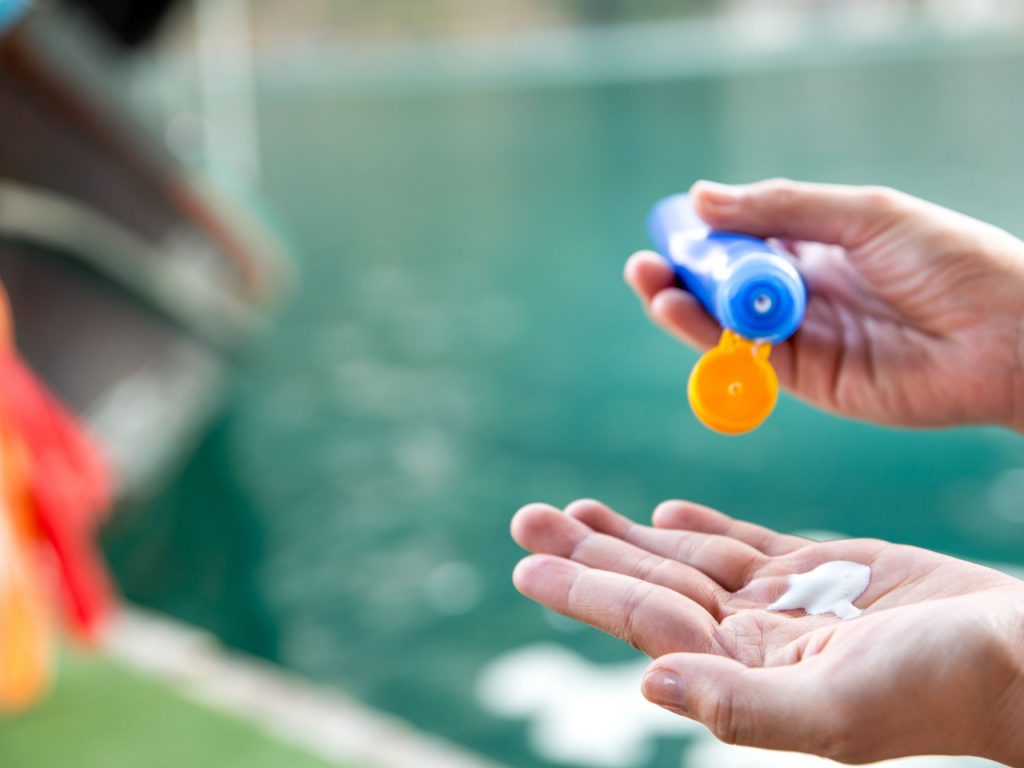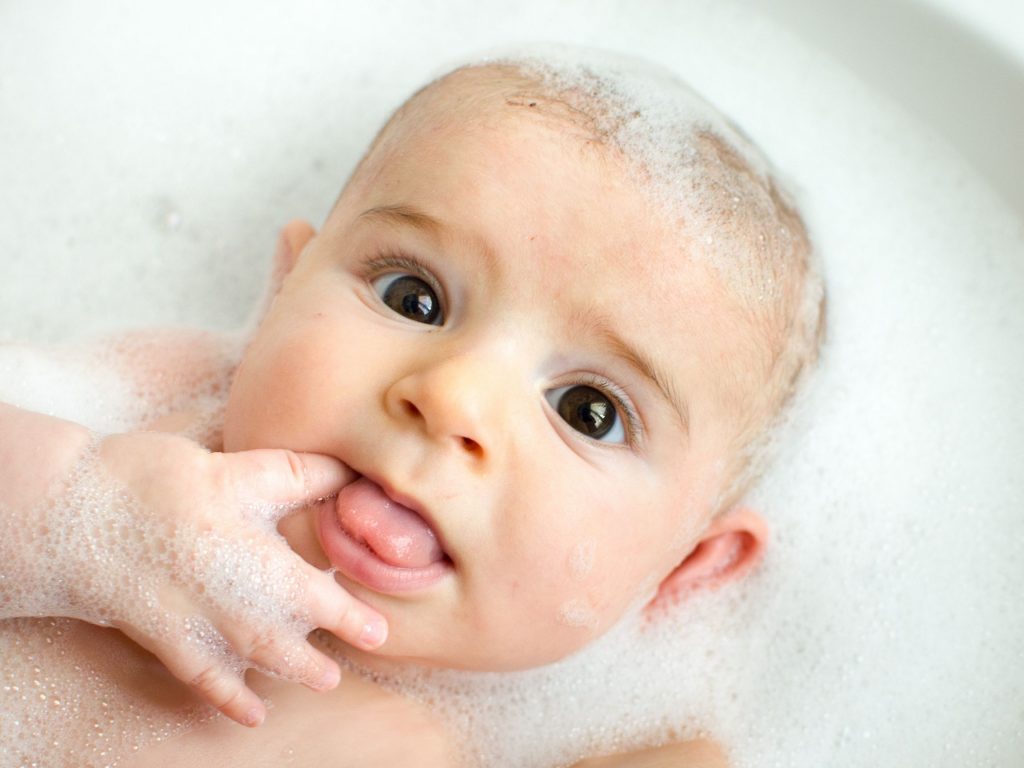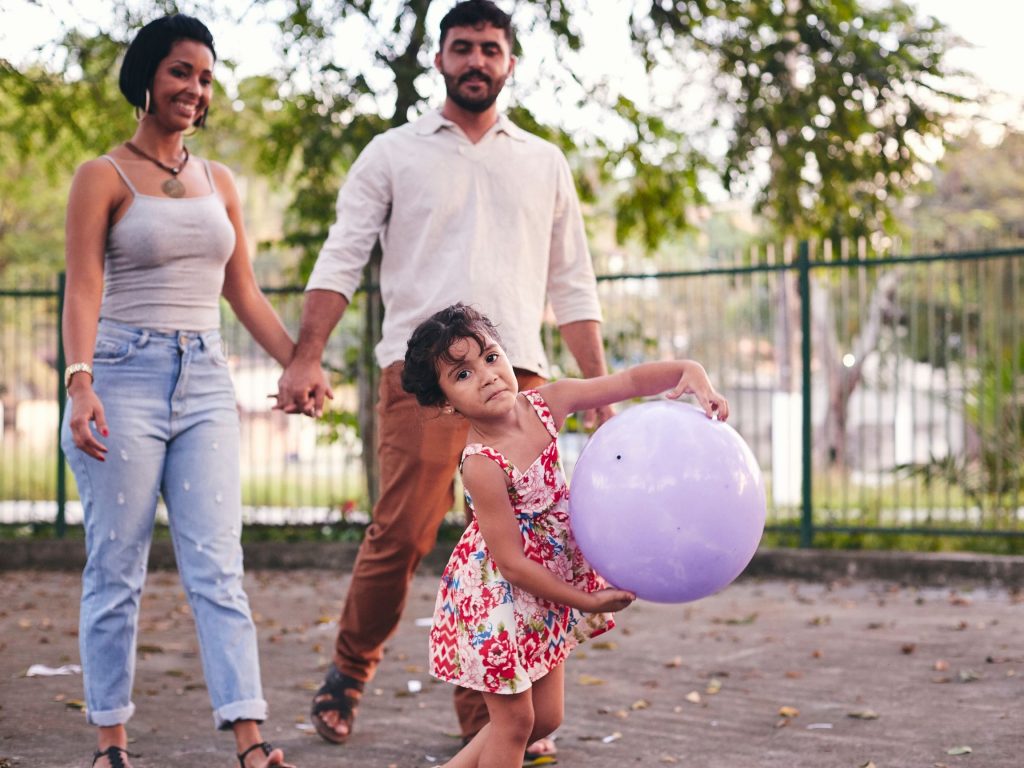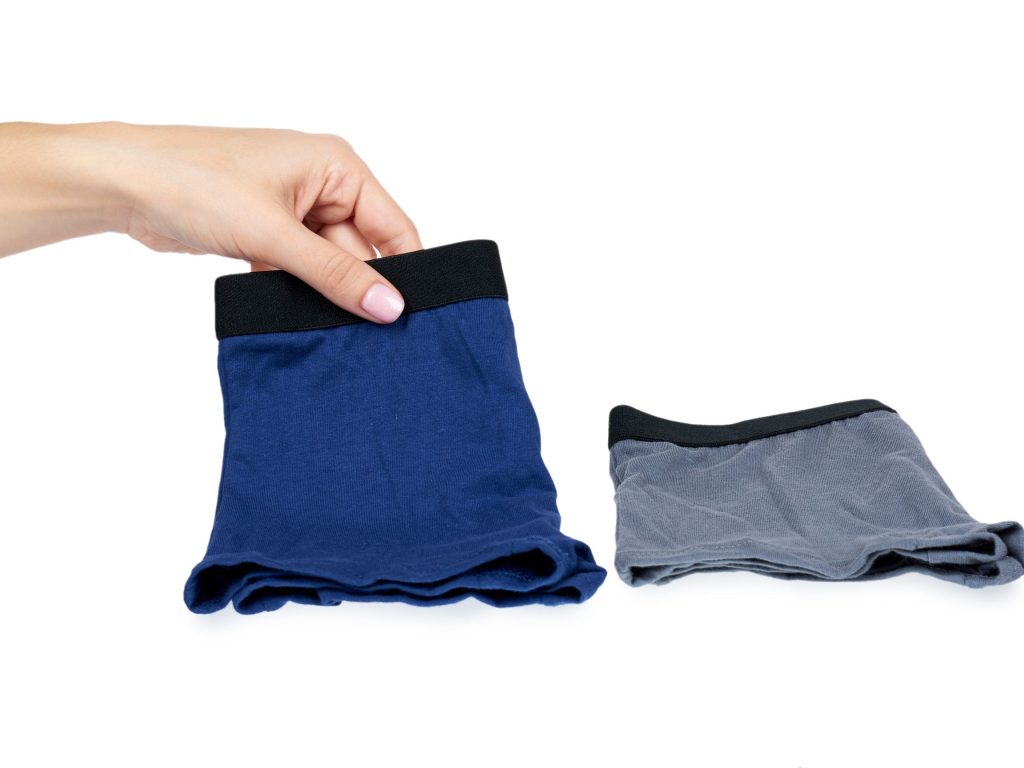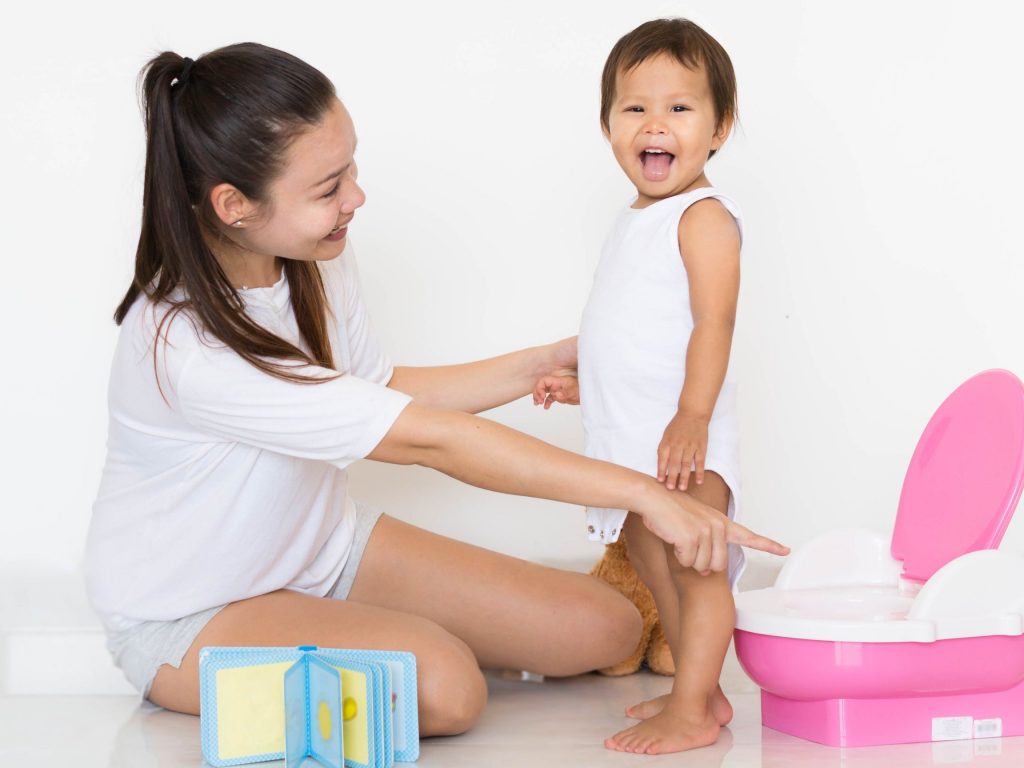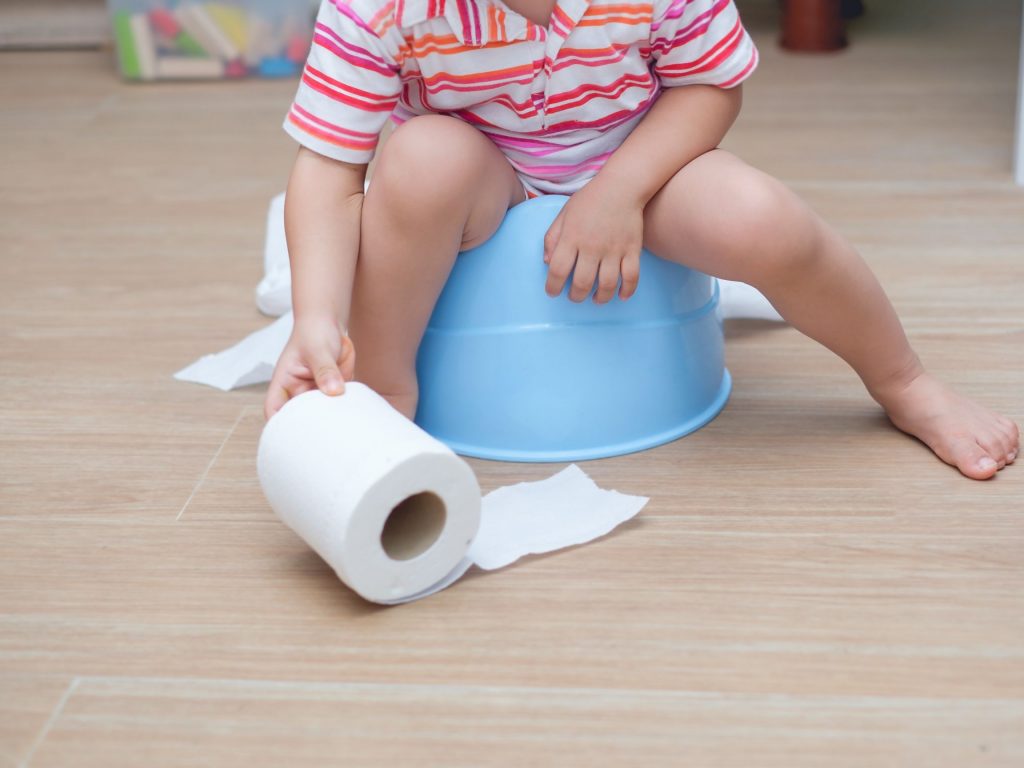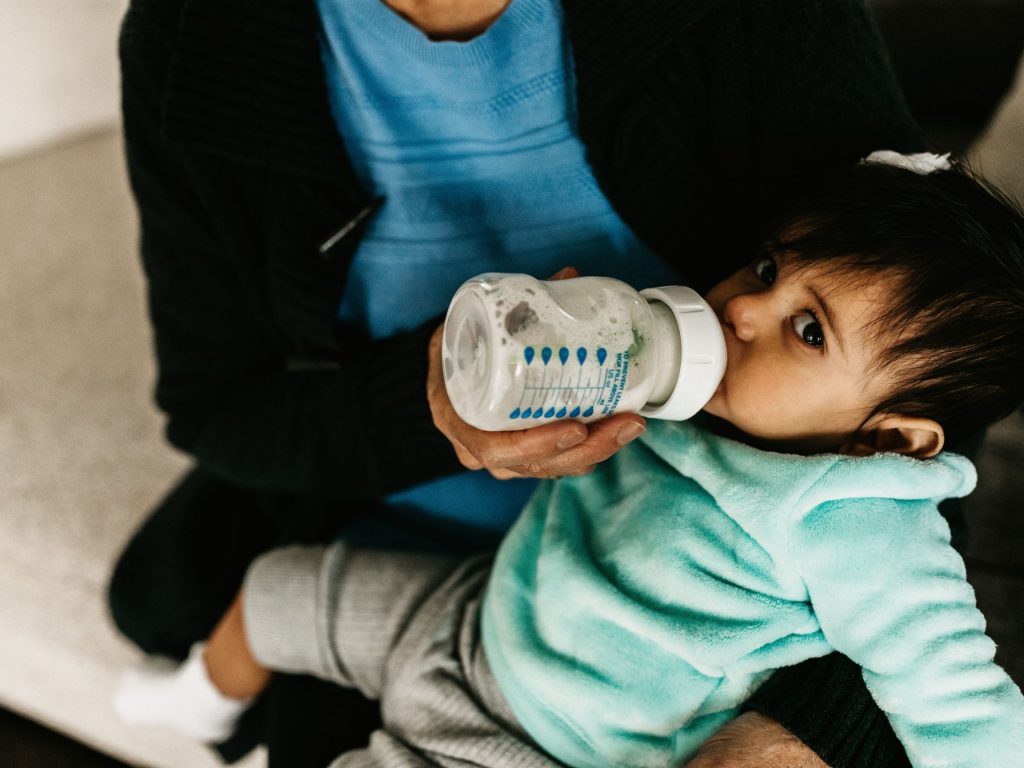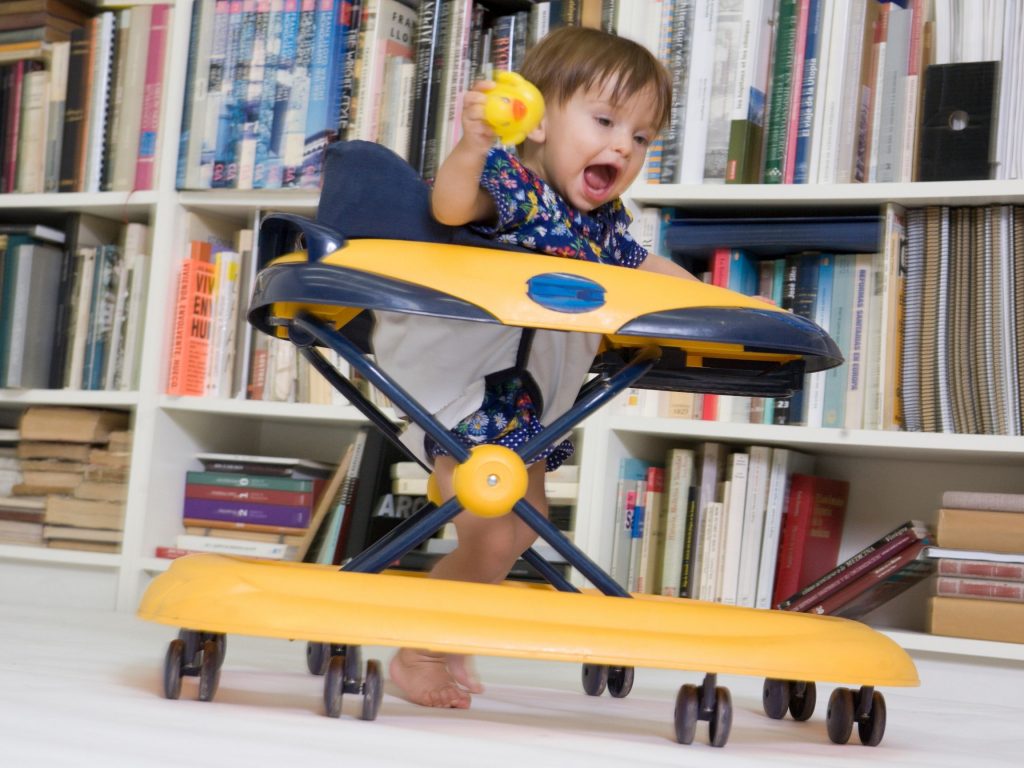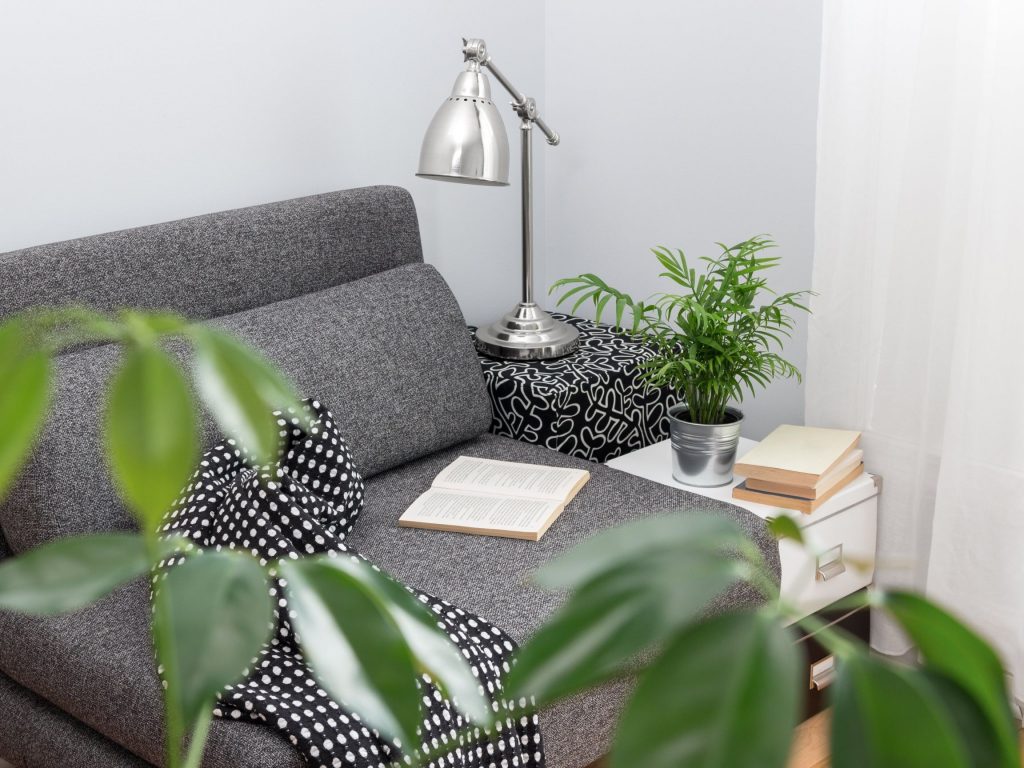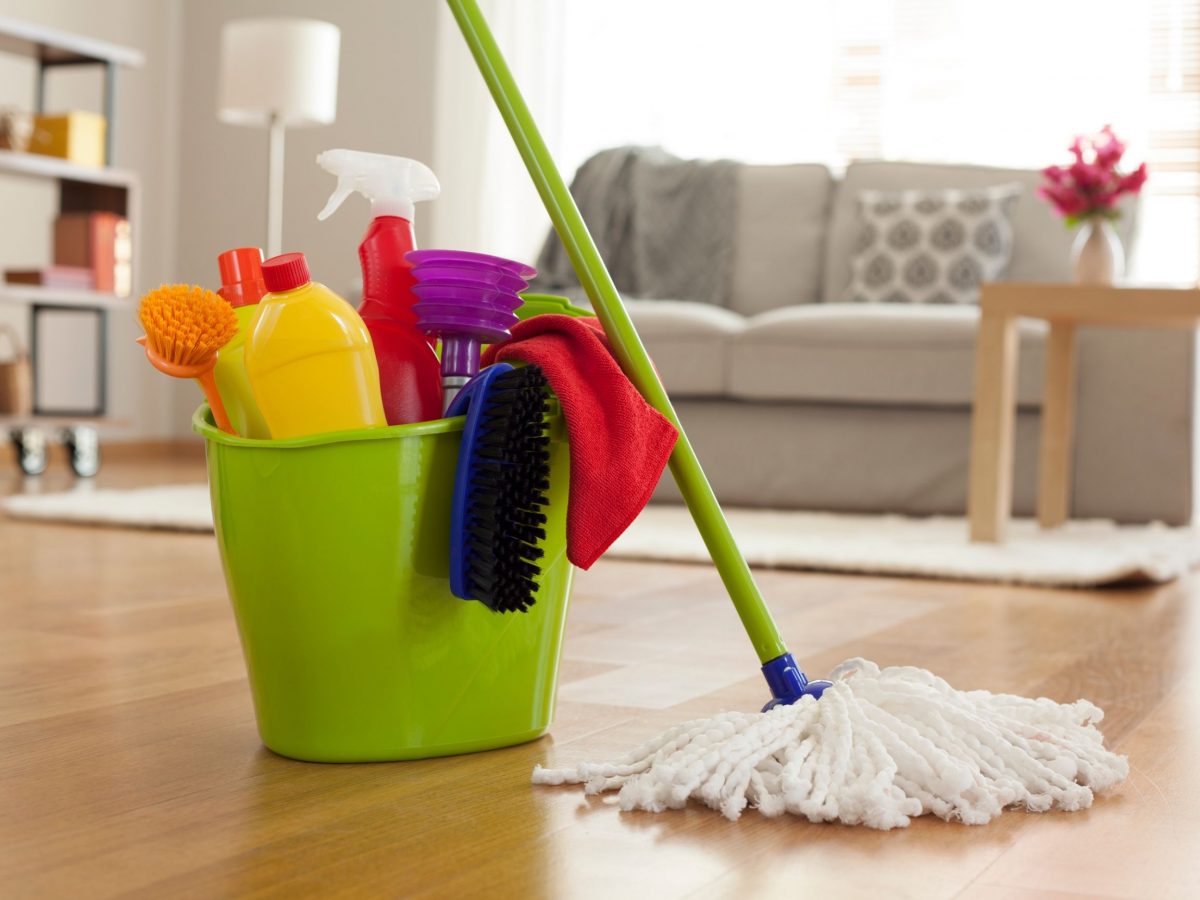Self-confidence arrives from a sense of capability. A confident kid requires a realistic and positive sensitivity to his or her capabilities. This arises out of achievements, small and great. Your motivating words can assist develop this confidence, particularly when you refer to your child’s abilities or specific efforts.

As a parent, you are always trying your best to assist your child to be happy, resilient, and confident. But at times even the most excellent parents slip into utilising language that weakens those goals.
Here are some tips on how to build confidence in your toddler
Love your toddler

This seems understandable, but it is possibly the most significant thing you can offer your toddler. Even if you do it wrongly always give out lots of love. Your child needs to feel accepted and loved, starting with the family and expanding to others such as community, friends, sports teams, and schoolmates. If you shout or overlook or make some other parenting error, offer your child a hug and tell him you are apologetic and you love her. Unconditional love constructs a strong foundation for confidence.
Tell them they are Powerful

Telling your toddler that they are powerful lets them know that they make a differentiation in the world. They will gain confidence from knowing that their actions impact others as well as their words. When a kid feels powerful, they feel that they are as vital as an adult and their words are taken with the same thoughtfulness.
Congratulate where praise is due

It is vital to admire your child and give positive feedback as children measure their achievements and worth by what you think. But be realistic in your praise. If a child shows no flair at a specific skill, admire the effort; however, do not admire the results unrealistically. Tell your child that some things take recurring effort and exercise—and at times it is alright to move on after you have given your best effort.
Tell your toddler that he is strong

Telling your child that he is strong will improve their self-confidence. They will feel strong and able to achieve tasks that are hard to do. They will also experience better about themselves which elevates their confidence. If a kid feels strong, they are more prone to continue through challenges and go on the path despite difficulties. Also, when your kid feels strong, they will wish to take on new tasks and challenges as they feel that they have the power to finish the tasks.
Say Thank You
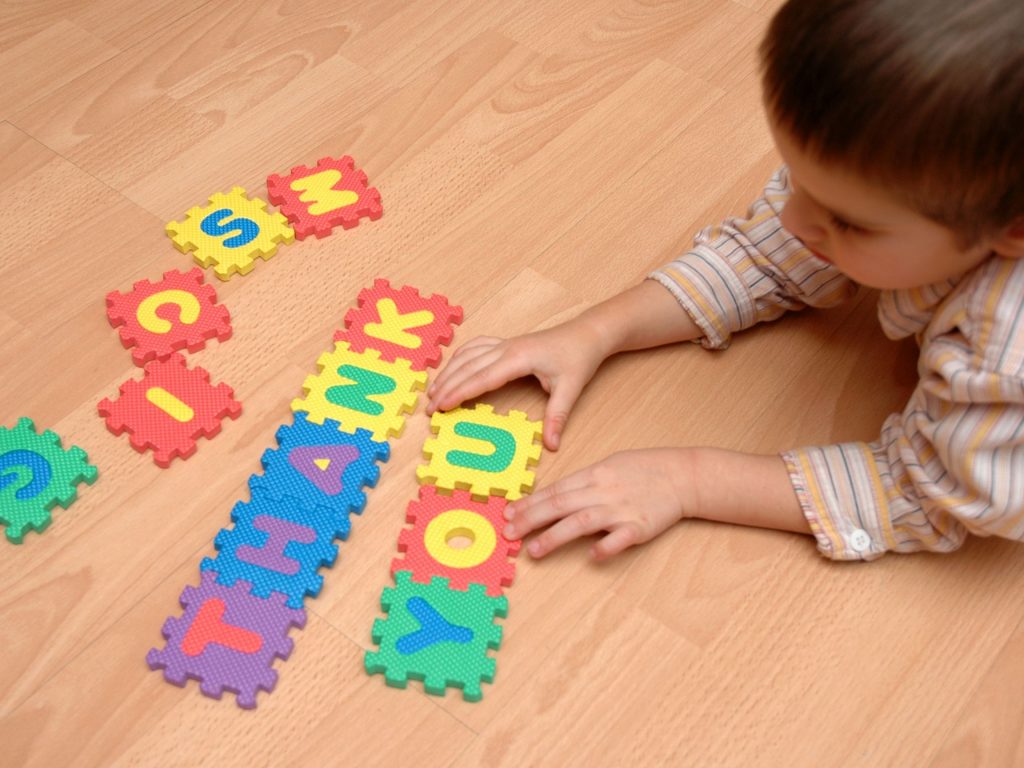
Telling your child that you appreciate their actions or words will persuade them to do it again in the future. Saying thank you is also part of modelling appreciation in your family, making it simpler for your child to know how to convey thanks themselves. A toddler who feels like they make a difference will be more likely to repeat the supportive action in the future or try other ways to be cooperative such as assisting with groceries. When appreciated, a toddler feels important, and this gives a boost to confidence.
Tell them they are beautiful
A child who feels beautiful will be more convinced in themselves while they face new situations and challenges.

These words will improve your toddler’s self-esteem and self-confidence. The more confidence they have, the more liable they are to search for challenges. When a toddler feels confident, they are more possible to stand up and strive again when they collapse.



